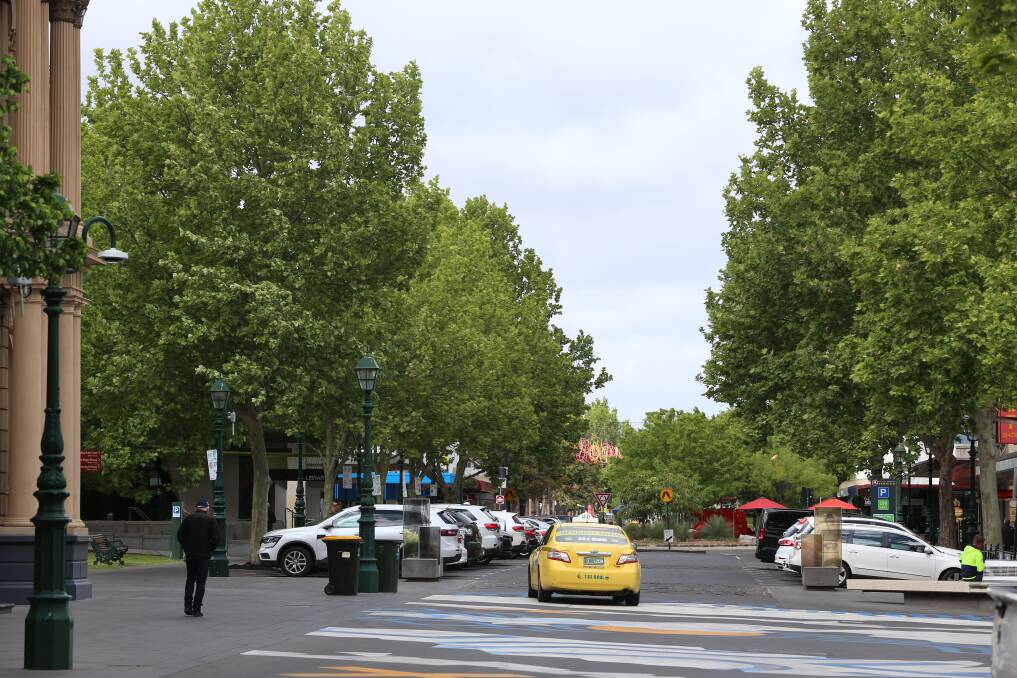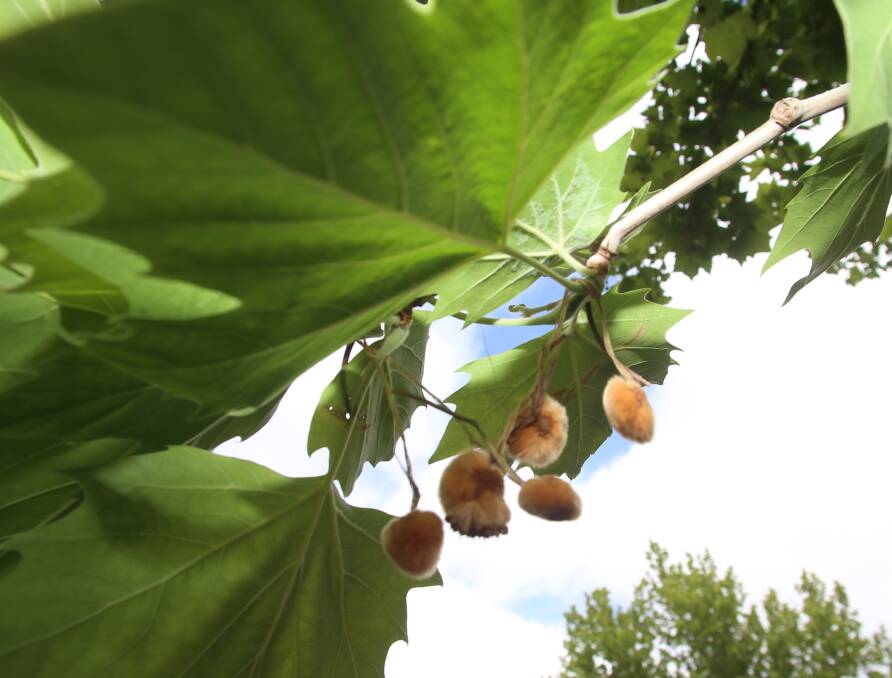BENDIGO medical practitioners are seeing more people with more severe hay fever symptoms.
Subscribe now for unlimited access.
or signup to continue reading
Warm, windy weather following a period of rain has been linked with a heightened pollen count within the region.
Residents have requested the City of Greater Bendigo consider the impact of plane trees on people's health when making decisions about streetscapes.
Strathfieldsaye GP and Murray Primary Health Network medical advisor Dr Ewa Piejko said grasses and flowering trees were most often associated with hay fever symptoms.
She said exposure to grasses was more of an issue, in her experience, than plane trees.
The city is drafting its 'Greening Greater Bendigo' strategy, which is expected to be released in the new year. It is also doing a tree audit.
Some plane trees in the Bendigo CBD could be replaced as the city seeks to diversify street tree planting.

City of Greater Bendigo parks and open space manager Paul Gangell said plane trees were one of a variety of trees and vegetation in the city known to contribute to conditions like hay fever and asthma.
He said the city recognised the importance of having diversity in its streetscapes and would be looking to boost the array of plants using a mix of exotic and native vegetation.
But Mr Gangell said change would be gradual.
"We're certainly not envisaging the removal of street after street of plane trees," he said.
Instead, he said the city would be looking at how it could maximise opportunities to refresh streetscape settings over time.
Mr Gangell said plane trees were often used in streetscapes because they were generally tolerant of the often challenging conditions in which they needed to survive.
While they had their benefits, he said the city was also conscious plane trees had a range of impacts on infrastructure and for people with sensitivities.
Common hay fever symptoms include itchy, watery or red eyes, sneezing, and a runny or stuffy nose.
People might also experience headaches.
Pollen can also trigger asthma, a respiratory condition associated with symptoms including coughing, wheezing and shortness of breath.

Dr Piejko advised people with a history of hay fever or asthma to keep an eye on the pollen count.
"On days there is going to be a high pollen count, if you are at risk, head inside," she said.
If people had air conditioners running, she advised them to adjust their devices so they were not bringing in air from outside.
People with known conditions should have preventative medications, medications to relieve their symptoms, and antihistamines on hand and should follow their management plans.
Dr Piejko said even people who were not typically known to have hay fever might benefit from taking an antihistamine first thing in the morning on days with a high pollen count.
"Be conscious that some will cause drowsiness," she said.
She said people whose symptoms were not responding to their usual treatment should see their doctor 'quite quickly' to manage their condition.
In an emergency, call 000.
Have you signed up to the Bendigo Advertiser's daily newsletter and breaking news emails? You can register below and make sure you are up to date with everything that's happening in central Victoria.


